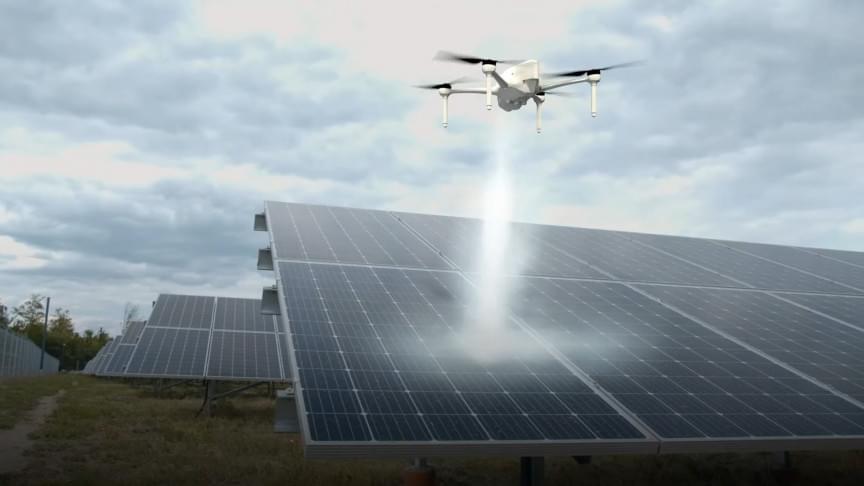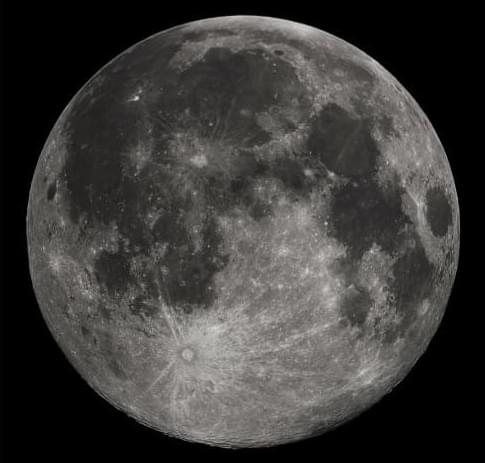Mar 8, 2022
Can you spare a minute to help this campaign?
Posted by Julia Brodsky in category: space
Statement from members of the earth and space science international community.
We are Earth and space scientists, science communicators, and educators dedicated to the discovery of and solutions to societal challenges. We issue this joint statement to call on world governments and global leaders to do everything possible to expedite the end to the brutal Russian assault on Ukraine. We welcome other professional scientific communities to join our appeal.
1. The Earth and Space Community is an ecosystem of researchers working together and supporting each other. At this moment, our colleagues in Ukraine are being shelled with missiles and many have been forced to escape with their families from the war zone. We salute “Science for Ukraine” grassroots efforts and urge world governments to support Ukrainian students and science professionals.

















